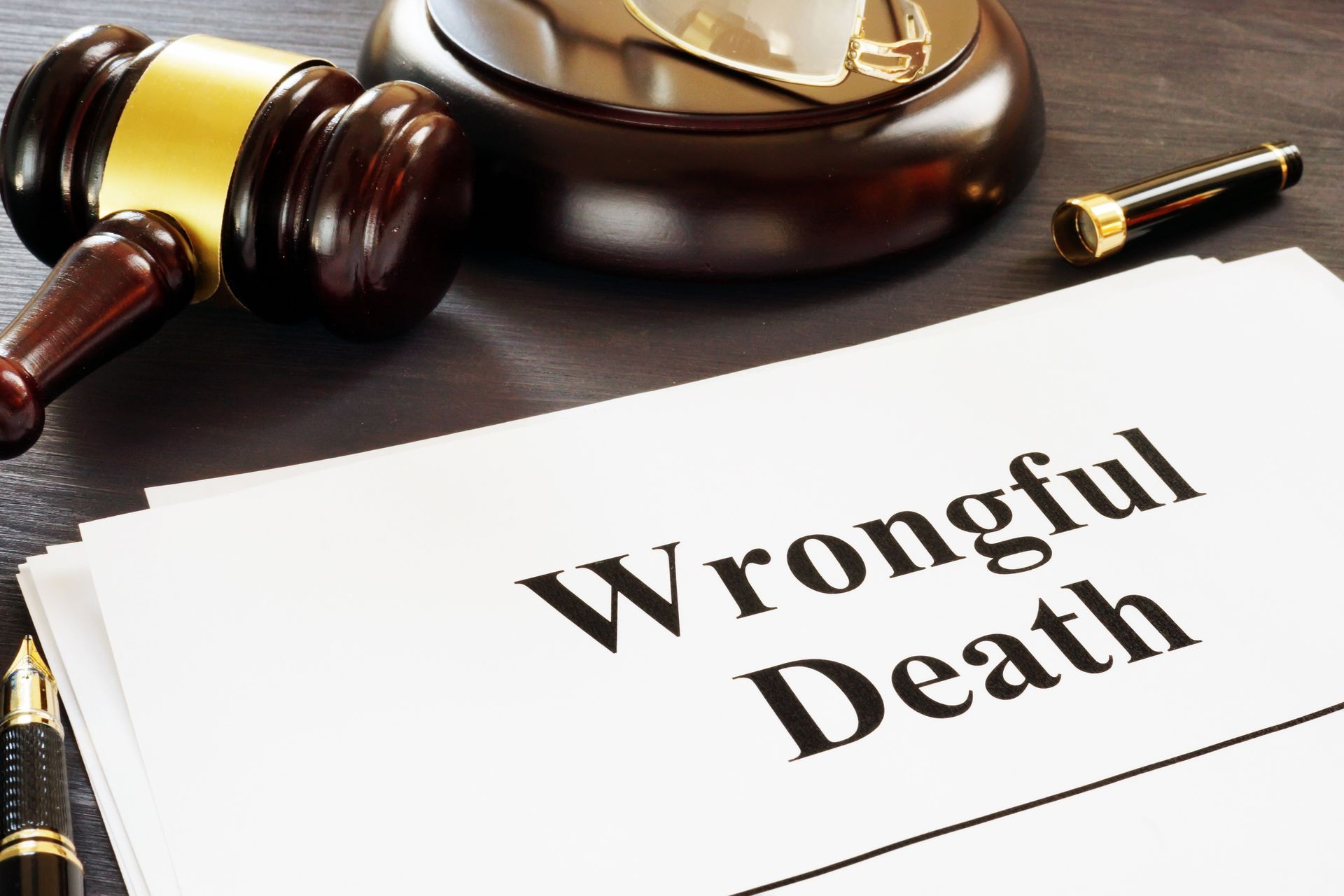What Are the Most Common Workplace Injuries?
Serious work-related injuries can be very hard to bounce back from and may require a
personal injury lawyer
to get fair compensation. According to the Centers for Disease Control and Prevention, the three most common causes are contact with objects and equipment; overexertion and bodily reaction; and falls, slips, or trips. However, there are many more to consider that may seriously impact your overall health. Read below to see the other most common workplace injuries you should avoid.
Equipment Contact
Equipment contact refers to people coming into direct contact with work-related items and getting injured. For example, a carpenter who's cut by their saw would experience equipment contact-related injuries. These may also include electrical shocks or burns by fire or chemicals.
The severity of equipment contact injuries will vary based on what items a person touches. For example, contact with a running power saw may cause worse injuries than touching a non-powered saw blade. The severity and extent of an injury can also affect what compensation a person receives.
Overexertion and Bodily Reaction
Unfortunately, people in physically demanding jobs may be at a high risk of overexerting themselves and suffering physical or emotional injuries. The extent of their overexertion can impact what compensation they receive, as well as how they overexert themselves in the workplace.
A business that mandates overtime work and causes an employee's physical collapse is more likely to be considered to be at fault than someone who works too hard on their own time. In these situations, it's important to work with a lawyer who understands your rights.
Falls, Slips, or Trips
Slips, falls, and trips at the workplace are very common and can be incredibly painful. Whether that's a personal injury lawsuit depends on the context of the fall. Typically, the employer has to be responsible for the conditions that led to an employee falling down.
For instance, if an employer was aware of ice on their parking lot and did nothing to help it, they're liable if an employee is injured. The same is true of slippery floors that aren't properly labeled, such as if a leaking roof causes water to fall onto a floor. In this situation, a personal injury lawyer is critical.
Repetitive Strain Injury
A repetitive strain injury is an injury that occurs due to repetitive use of a specific part of the body. For example, a builder using a jackhammer repeatedly may suffer from a repetitive strain injury in their wrists, hands, and throughout the rest of their arms. This injury may also occur in typing-based jobs.
The extent of an employer's liability for these injuries is often hard to prove. Typically, the employer is liable if they don't do enough to help reduce an employee's risk of these injuries, such as failing to provide adequate break periods or health care if they suffer from a repetitive strain injury.
Crashes
If you work in a job with motorized vehicles, such as delivery or as a forklift operator, there's a real risk that you might get into a crash. A crash-related injury can be very damaging and can impact your overall health or cause other issues, such as reducing your overall strength and balance.
In this type of lawsuit, you need to prove that your employer or someone else was liable for your crash. For example, if your employer didn't properly maintain a car and this caused the crash, it's important to prove that they were negligent by not properly handling repairs.
Burns
Depending on your work environment, you may be at risk of several types of burns. Fire-based burns are not uncommon in welding professions. However, you may also experience chemical burns or exposure to various toxic fumes at your workplace.
These burns can be very painful and may cause long-term complications with your health. This may include lung damage caused by breathing toxic fumes. Working with a skillful lawyer can help you better prepare for this kind of long-term and complicated lawsuit.
Reaching out to a personal injury lawyer can make it easier to present your case and potentially earn compensation for your injuries. Personal injury lawyers can also help create a better and more effective way of defending yourself in what can be lengthy and emotionally challenging lawsuit situations. Contact Wilson & Novak Law Offices today to receive the personal injury assistance you deserve.




